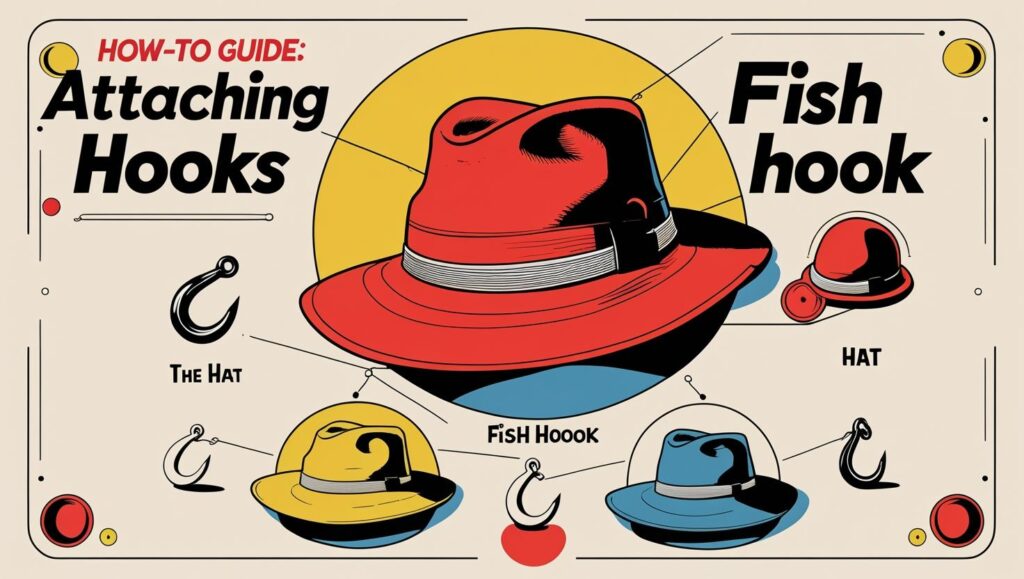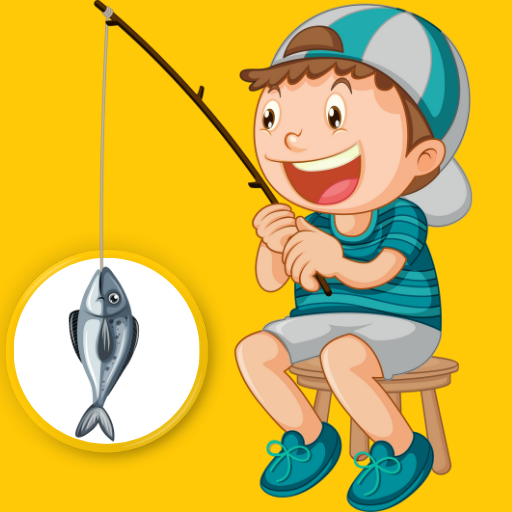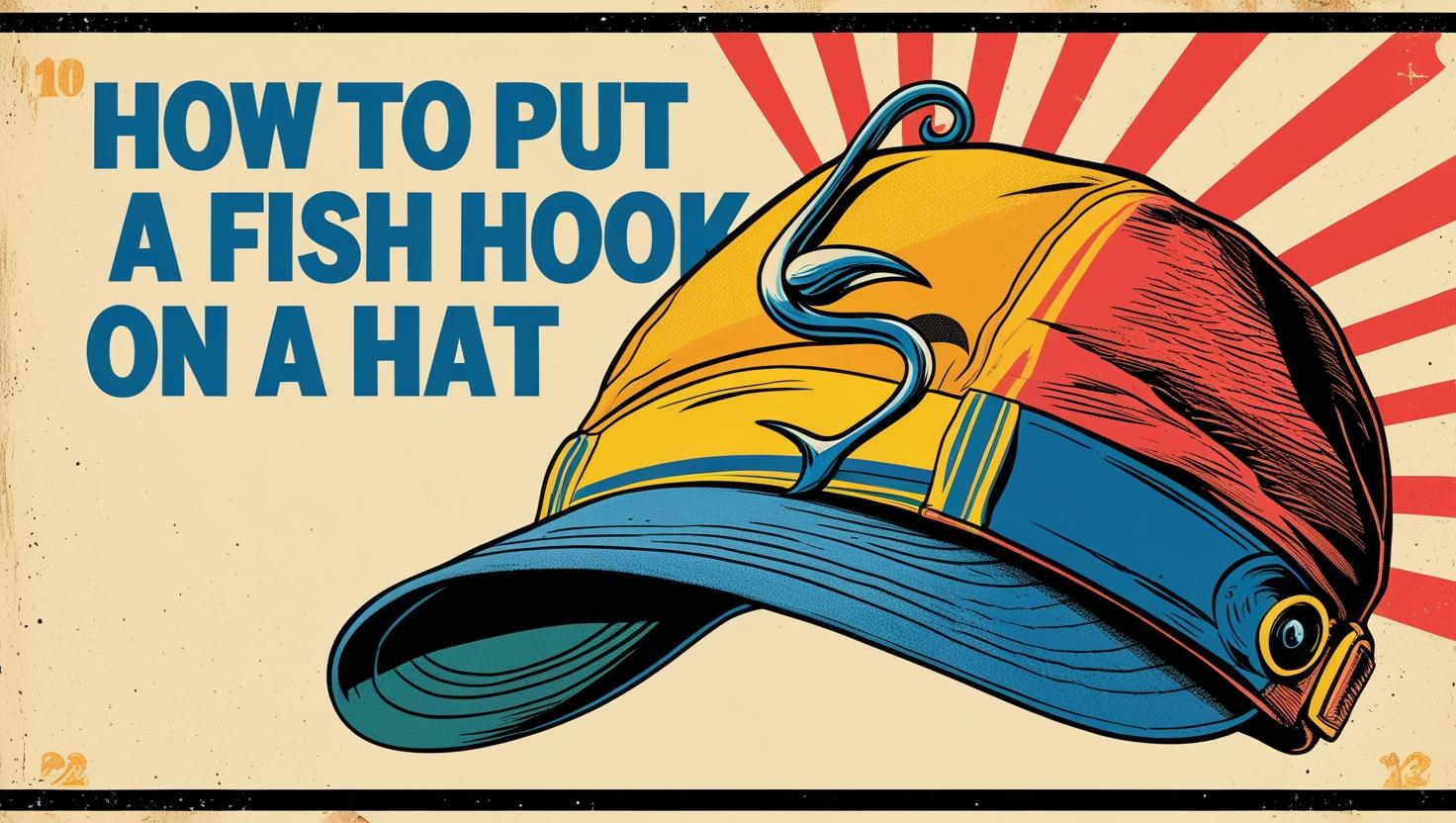Outline
H1: Introduction
- Why People Put Fish Hooks on Hats
- The Trend and Its Origins
H2: Tools and Materials Needed
- Types of Fish Hooks
- Types of Hats
- Safety Equipment
H2: Choosing the Right Fish Hook
- H3: Different Styles of Hooks
- H3: Best Hook Sizes for Hat Decoration
- H3: Safety Tips for Handling Hooks
H2: Choosing the Right Hat
- H3: Baseball Caps
- H3: Bucket Hats
- H3: Straw or Mesh Hats
H2: Preparing the Fish Hook
- H3: Cleaning the Hook
- H3: Removing the Barb (Optional for Safety)
- H3: Dulling the Point (Optional)
H2: Deciding the Placement
- H3: Brim vs Crown Placement
- H3: Style vs Function
- H3: Right or Left Side?
H2: How to Attach the Hook
- H3: Slipping It Through Fabric
- H3: Using the Hook’s Curve for Secure Hold
- H3: Reinforcing with Thread or Clips
H2: Making It Look Stylish
- H3: Positioning for Aesthetic Appeal
- H3: Pairing With Pins or Patches
- H3: Customizing Your Hook (Painting, Wrapping, etc.)
H2: Functional Uses of Fish Hooks on Hats
H2: Safety Precautions
- H3: Avoiding Injuries
- H3: Transport and Storage Tips
- H3: What to Do If Someone Gets Poked
H2: Maintenance and Care
- H3: Keeping the Hook Rust-Free
- H3: Washing the Hat
- H3: Replacing Worn or Rusted Hooks
H2: Alternative Decorative Ideas
- H3: Fake Fish Hooks
- H3: Hook Pins and Clips
- H3: DIY Craft Hooks
H2: Common Mistakes to Avoid
- H3: Using Dangerous Hooks
- H3: Poor Placement
- H3: Overcrowding the Hat
H2: Cultural Significance and Symbolism
- H3: Southern and Coastal Traditions
- H3: Sign of a Fisherman
- H3: Modern Fashion Twist
H2: Final Thoughts
H2: FAQs
- How do I stop a fish hook from poking through the hat?
- Are there specific hats made for fish hook display?
- Can I wear a fish hook hat on a plane?
- What if my fish hook gets rusty?
- Is there a symbolic meaning behind it?
How to Put a Fish Hook on a Hat
Introduction
Ever seen someone rocking a hat with a shiny little fish hook clipped onto it? That’s not just a fashion statement—it’s a nod to a deep-rooted tradition among anglers and outdoor lovers. Whether you’re a die-hard fisherman or just want to add a rugged edge to your cap, learning how to properly attach a fish hook to a hat is both simple and fun.
Let’s dive into this trend, the tools you’ll need, and how to do it safely and stylishly.
Tools and Materials Needed
Before you start poking holes in your favorite hat, gather the essentials:
- A clean fish hook (barbless is safest)
- A hat (baseball caps work best)
- Optional: needle-nose pliers, safety gloves, thread or small clip for reinforcement
Choosing the Right Fish Hook
Different Styles of Hooks
Fish hooks come in all shapes—J-hooks, circle hooks, treble hooks. For hat use, stick with a J-hook or circle hook. Treble hooks are dangerous and unnecessary for this purpose.
Best Hook Sizes for Hat Decoration
Small to medium-sized hooks (size 6–2/0) are ideal. You want it visible, but not big enough to cause damage.
Safety Tips for Handling Hooks
Hooks are sharp by design. Wear gloves while handling them, or use pliers. Dull or remove the barb if you’re not using the hook for fishing.

Choosing the Right Hat
Baseball Caps
The classic choice. Their stiff brim is perfect for hooking a fish hook without causing sag or damage.
Bucket Hats
Stylish and soft, but may need reinforcement to hold the hook in place.
Straw or Mesh Hats
These require careful hook placement to avoid tearing or fraying.
Preparing the Fish Hook
Cleaning the Hook
If you’re using a real fishing hook, clean it with rubbing alcohol to remove residue.
Removing the Barb (Optional for Safety)
A file or pliers can flatten or cut off the barb, making it safer to wear.
Dulling the Point (Optional)
Gently file the hook point so it won’t jab you (or someone else).
Deciding the Placement
Brim vs Crown Placement
Most folks clip the hook on the side of the brim, but some go for the front crown to make a bold statement.
Style vs Function
If you’re using it decoratively, go for visible spots. If you plan to use it during fishing, place it where it won’t snag.
Right or Left Side?
Traditionally, it goes on the left side, but there are no hard rules. Go with what looks good.
How to Attach the Hook
Slipping It Through Fabric
Slide the hook through the stitching on the brim for a tight hold. Avoid poking new holes.
Using the Hook’s Curve for Secure Hold
Nestle the curved part of the hook into the stitching or fabric so it doesn’t wiggle.
Reinforcing with Thread or Clips
If it feels loose, sew a small loop for the hook or use a tiny clip for extra hold.
Making It Look Stylish
Positioning for Aesthetic Appeal
Try placing it at an angle or slightly above the ear line. Balance it with any patches or embroidery.
Pairing With Pins or Patches
Combine with enamel pins or patches for a rugged, personalized look.
Customizing Your Hook
Paint the hook with nail polish, wrap it in thread, or add glow tape for some flair.
Functional Uses of Fish Hooks on Hats
Holding Fishing Flies or Lures
Real anglers use the hook to hold their fly or lure while walking between spots.
Quick-Access Utility During Fishing
It can hold line cutters, split ring tools, or small gadgets when you’re on the move.
Field Identification
It’s like a silent signal to fellow anglers—“Yep, I fish.”
Safety Precautions
Avoiding Injuries
Always dull the point or use a safety cap. Keep it out of reach of kids.
Transport and Storage Tips
Take the hook off before tossing your hat into a bag. Trust us—it’s worth the extra 5 seconds.
What to Do If Someone Gets Poked
Clean the wound immediately, and seek medical attention if it’s deep or bleeds heavily.
Maintenance and Care
Keeping the Hook Rust-Free
Dry it after getting wet and wipe with oil occasionally.
Washing the Hat
Remove the hook before washing the hat, especially in a machine.
Replacing Worn or Rusted Hooks
Don’t keep old or crusty hooks on your hat—swap them out for fresh ones every season.
Alternative Decorative Ideas
Fake Fish Hooks
Plastic or rubber versions are widely available and safe for kids or fashion-only use.
Hook Pins and Clips
Designed like lapel pins, these mimic the look without the danger.
DIY Craft Hooks
Bend wire into a hook shape and paint it to match your vibe.
Common Mistakes to Avoid
Using Dangerous Hooks
Avoid treble or sharp barbed hooks. It’s not worth the risk.
Poor Placement
Too close to your eye? Bad idea. Stick to safe areas like the side brim.
Overcrowding the Hat
Keep it simple. One or two decorations max to avoid a cluttered look.
Cultural Significance and Symbolism
Southern and Coastal Traditions
It’s a tradition that began in fishing towns as a sign of pride and skill.
Sign of a Fisherman
Wearing a hook on your hat is like flying a flag—it tells people you’re part of the fishing tribe.
Modern Fashion Twist
Even non-anglers rock the look now, mixing it with streetwear and outdoor fashion.
Final Thoughts
Putting a fish hook on a hat might seem like a small thing, but it’s a tradition loaded with personality, culture, and style. Whether you’re on the water or on the sidewalk, it adds character and tells a story. Just be sure to do it safely and make it yours.
FAQs
1. How do I stop a fish hook from poking through the hat?
Use a barbless or dulled hook, and reinforce the area with fabric or stitching.
2. Are there specific hats made for fish hook display?
Yes! Some fishing brands sell hats with pre-stitched loops or holders.
3. Can I wear a fish hook hat on a plane?
It’s risky. TSA may confiscate it. Better to pack the hook in your checked bag.
4. What if my fish hook gets rusty?
Remove it immediately. Clean with vinegar or replace it altogether.
5. Is there a symbolic meaning behind it?
Definitely. It often symbolizes a love for fishing, the outdoors, or Southern culture.


Leave a Reply